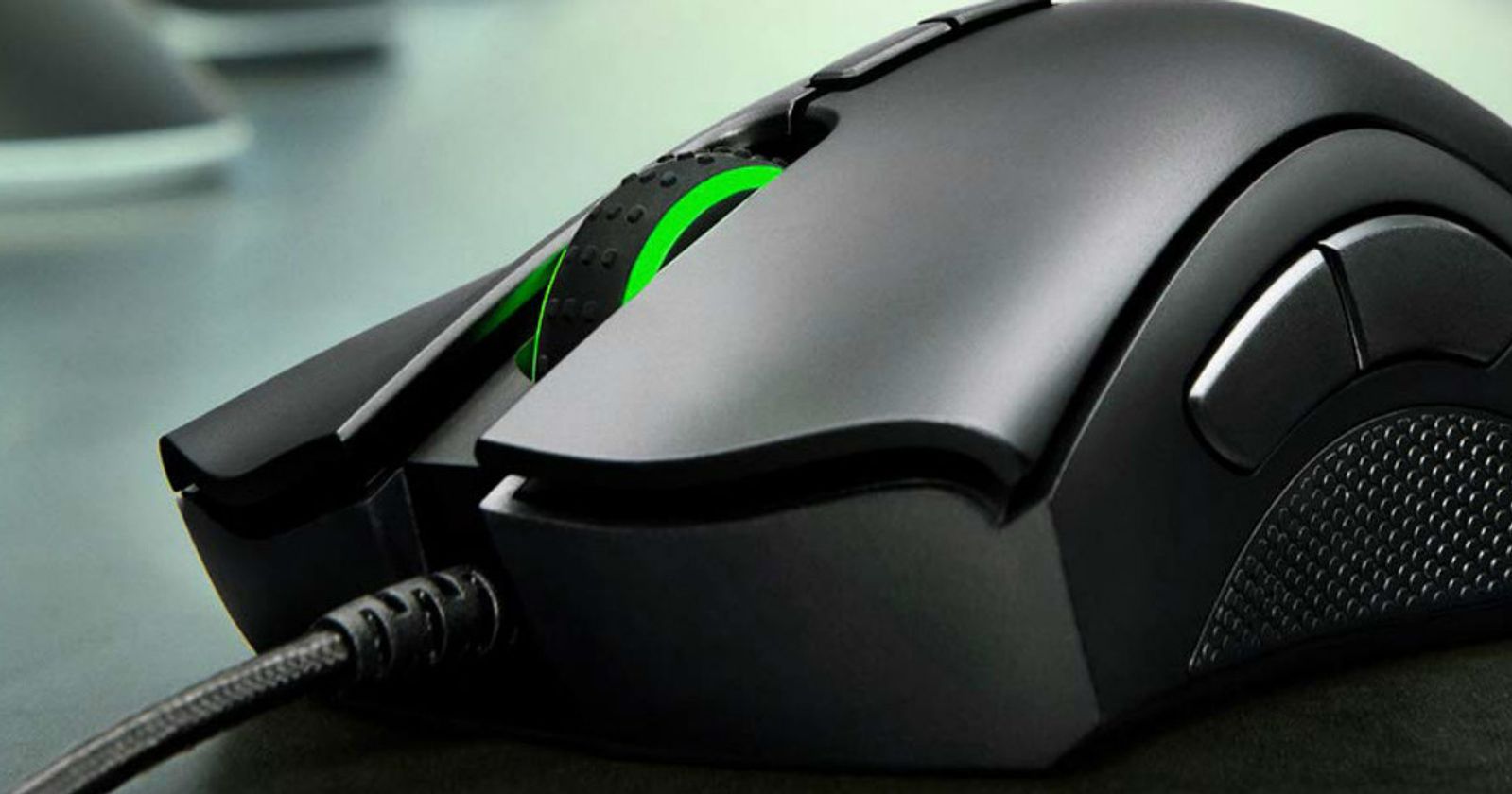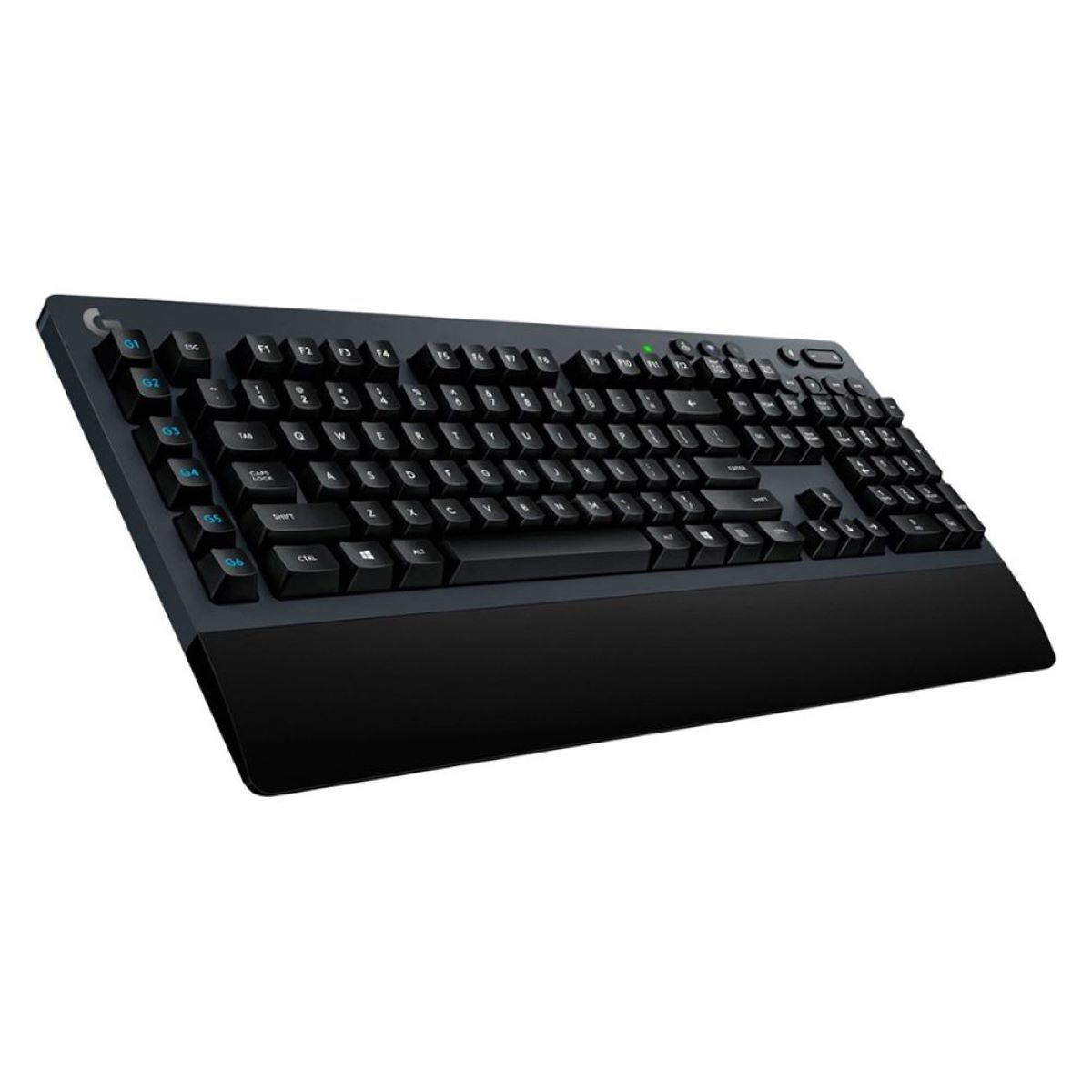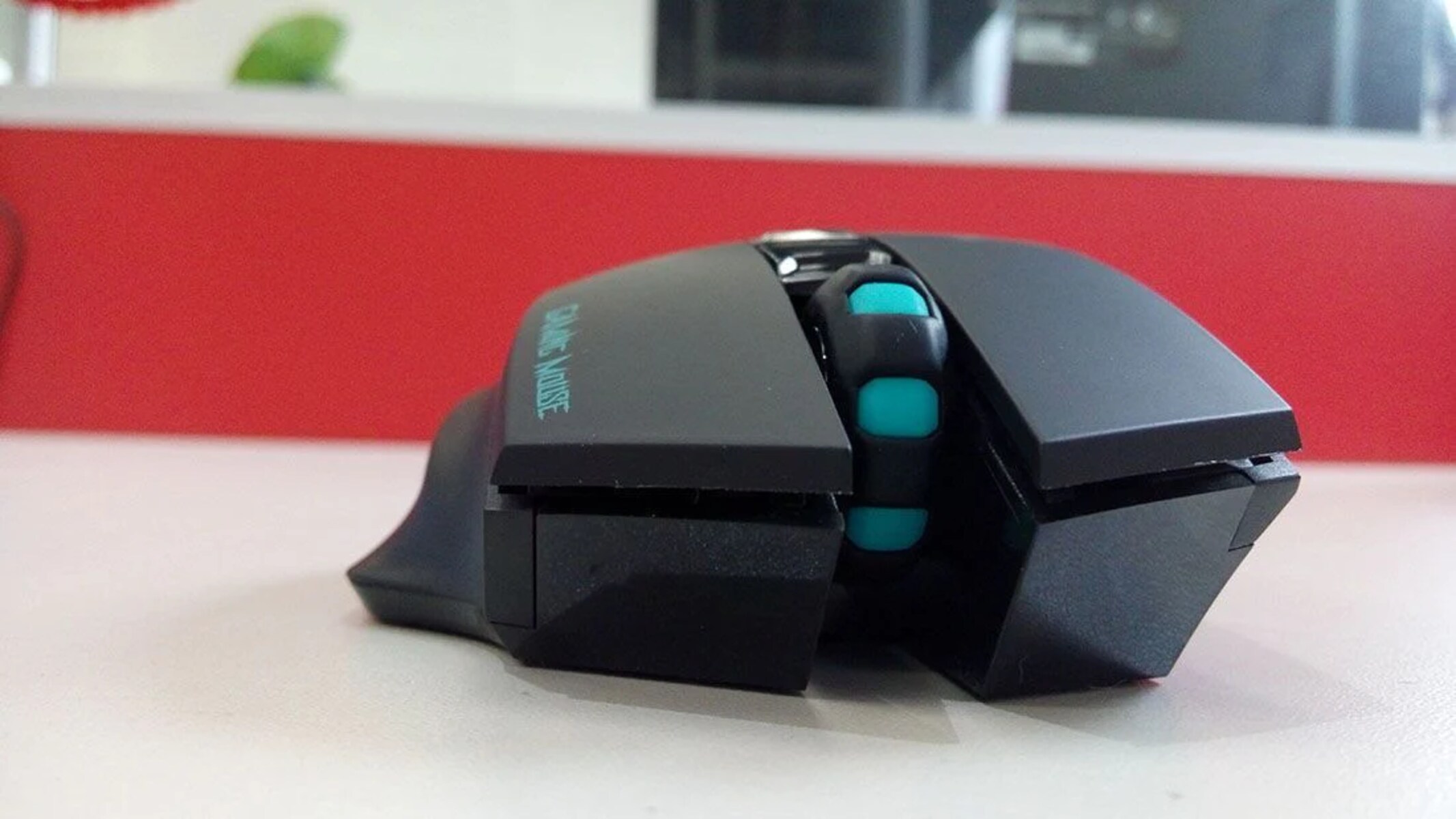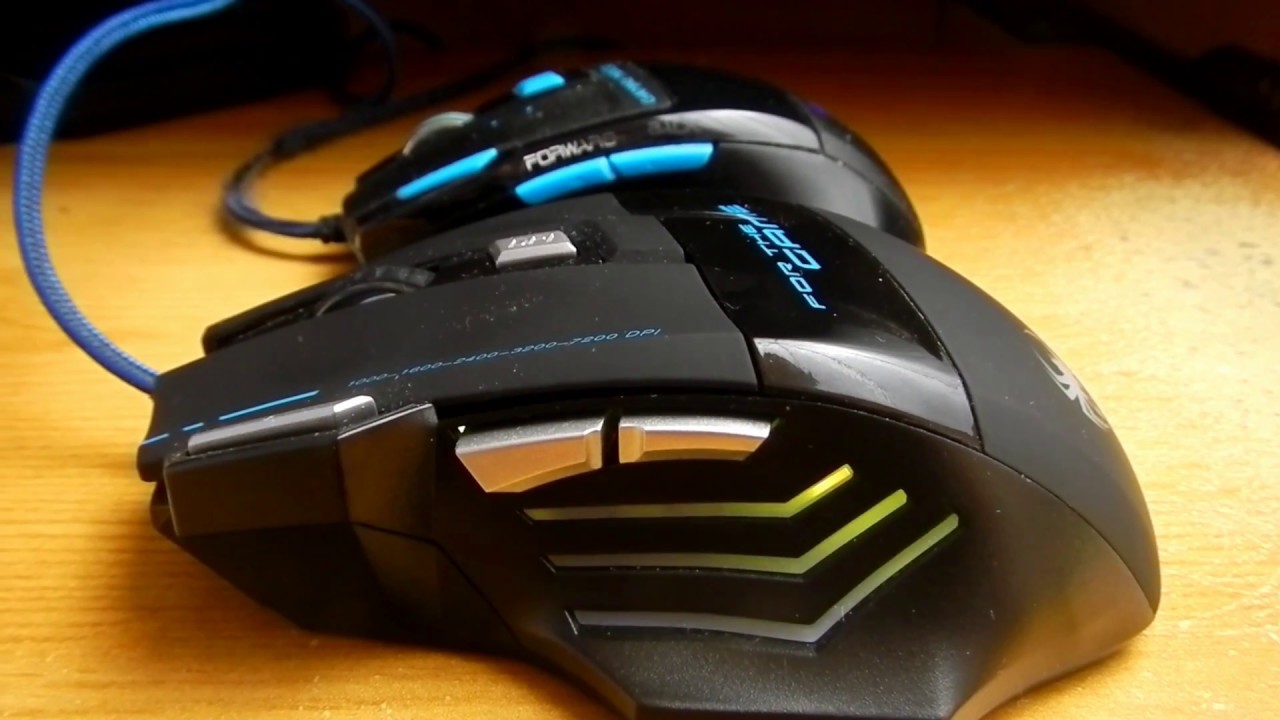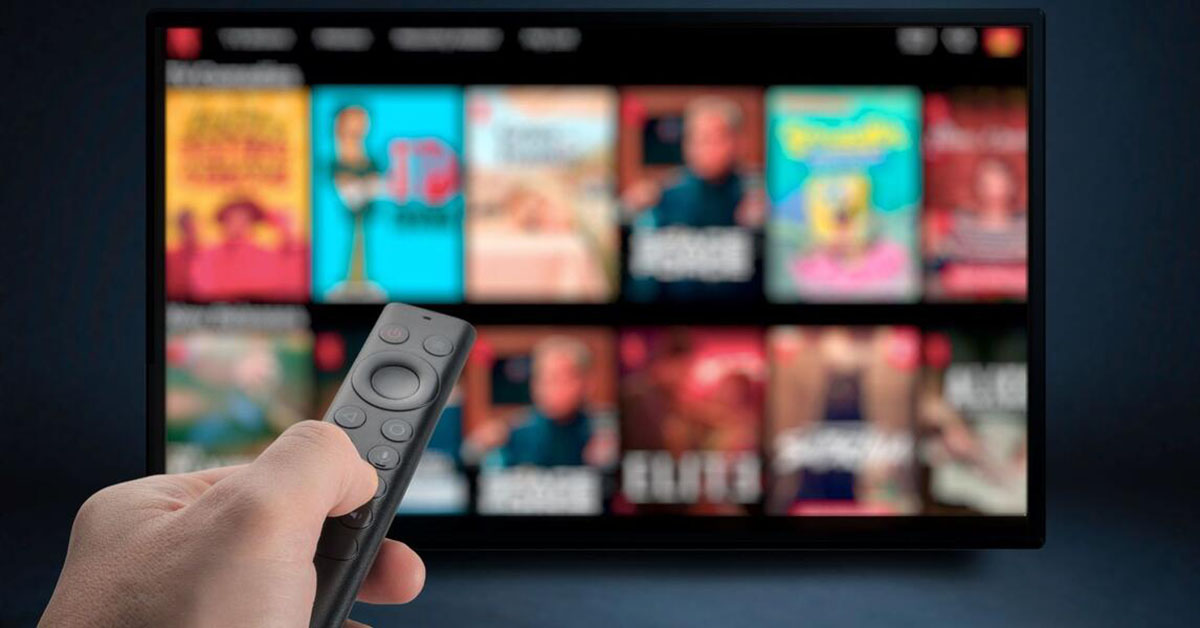Introduction
Understanding Mouse Pulsing
Have you ever been engrossed in an intense gaming session, only to be distracted by the rhythmic pulsing of your gaming mouse? This phenomenon, known as mouse pulsing, can be both annoying and disruptive to your gaming experience. However, fear not, as there are several effective methods to eliminate this issue and restore seamless functionality to your gaming mouse.
In this comprehensive guide, we will delve into the intricacies of mouse pulsing, exploring the underlying causes and providing practical solutions to rectify this common nuisance. Whether you are a casual gamer or a dedicated esports enthusiast, understanding how to stop your gaming mouse from pulsing is crucial for optimizing your gaming setup and achieving peak performance.
Join us as we unravel the mysteries of mouse pulsing and equip you with the knowledge and tools to regain control over your gaming experience. Let’s embark on this journey to banish mouse pulsing once and for all!
Understanding Mouse Pulsing
Mouse pulsing, also referred to as breathing, is a visual effect exhibited by some gaming mice where the LED illumination fluctuates in a pulsating manner. This pulsing can be distracting and may detract from the overall gaming experience. Understanding the root causes of mouse pulsing is essential in effectively addressing this issue.
One of the primary reasons for mouse pulsing is the default settings programmed into the mouse firmware. Manufacturers often configure gaming mice to exhibit this pulsating effect as a visual indicator of the device’s activity. While some users appreciate the aesthetic appeal of pulsing LEDs, others find it disruptive, especially during intense gaming sessions where focus and concentration are paramount.
Furthermore, certain gaming mice feature customizable lighting effects, allowing users to personalize the LED behavior according to their preferences. However, without proper configuration, these mice may default to pulsing mode, leading to the unwanted visual distraction.
It’s important to note that mouse pulsing is not inherently indicative of a malfunctioning device. Rather, it is a deliberate design choice that may not align with every user’s preferences. As such, addressing mouse pulsing involves a combination of adjusting settings, updating firmware, and utilizing third-party software to gain greater control over the device’s behavior.
By gaining a comprehensive understanding of mouse pulsing and its underlying causes, users can effectively troubleshoot and implement targeted solutions to mitigate or eliminate this phenomenon. In the following sections, we will explore various troubleshooting methods and practical solutions to address mouse pulsing, empowering users to tailor their gaming mouse’s behavior to suit their individual preferences and gaming environment.
Troubleshooting and Solutions
When confronted with the vexing issue of mouse pulsing, it’s essential to explore a range of troubleshooting methods and implement targeted solutions to restore your gaming mouse to its optimal functionality. By systematically addressing the underlying causes of pulsing, users can effectively mitigate this distraction and enhance their overall gaming experience.
One of the initial steps in troubleshooting mouse pulsing involves adjusting the device’s settings to modify the LED behavior. Many gaming mice are equipped with dedicated software that allows users to customize lighting effects, including the pulsating pattern. By accessing the mouse’s settings through the manufacturer’s software, users can disable or adjust the pulsing effect to better align with their preferences.
Additionally, updating the mouse’s firmware can often yield significant improvements in addressing pulsing-related issues. Manufacturers frequently release firmware updates that not only enhance performance but also provide users with greater control over the device’s lighting behavior. By ensuring that the mouse’s firmware is up to date, users can leverage the latest optimizations and potentially resolve pulsing issues.
For users seeking more advanced customization options, third-party software tailored for gaming peripherals can offer extensive control over LED lighting effects. These applications provide a wealth of customization options, allowing users to fine-tune the lighting behavior of their gaming mouse to achieve the desired visual aesthetic without the distraction of pulsing.
Furthermore, if the pulsing persists despite adjusting settings and updating firmware, it may be beneficial to reach out to the manufacturer’s support channels for additional guidance. Technical support teams can provide valuable insights and troubleshooting assistance, ensuring that users receive comprehensive support in addressing pulsing-related concerns.
By systematically implementing these troubleshooting methods and solutions, users can effectively mitigate the distraction of mouse pulsing and tailor their gaming mouse’s LED behavior to align with their individual preferences. In the subsequent sections, we will delve deeper into the specifics of adjusting mouse settings, updating firmware, and utilizing third-party software to comprehensively address the issue of mouse pulsing.
Adjusting Mouse Settings
Customizing the settings of your gaming mouse is a pivotal step in addressing the issue of pulsing LEDs. Many gaming mice are equipped with dedicated software that empowers users to modify various aspects of the device’s functionality, including LED behavior. By accessing the manufacturer’s software, users can gain granular control over the lighting effects and tailor them to their preferences.
Within the mouse settings interface, users can typically find options to adjust the LED illumination, such as brightness, color, and effects. To address pulsing specifically, users can explore options to disable the pulsating effect entirely or choose alternative lighting patterns that better suit their gaming environment. By customizing the LED behavior to align with their preferences, users can effectively eliminate the distraction of pulsing LEDs and create a personalized visual experience.
Furthermore, some gaming mice feature onboard controls that allow for real-time adjustments to the LED lighting. By utilizing these onboard controls, users can swiftly modify the lighting behavior without the need to access software interfaces, providing a convenient and intuitive way to address pulsing during gaming sessions.
Additionally, exploring the software’s advanced settings may reveal further customization options, such as creating custom lighting profiles or synchronizing the LED behavior with in-game events. These advanced features enable users to immerse themselves in a dynamic visual experience while mitigating the distraction of pulsing LEDs.
By leveraging the full spectrum of customization options available within the mouse settings, users can tailor the LED behavior to their exact specifications, effectively eliminating the issue of pulsing and enhancing the overall gaming ambiance. In the subsequent sections, we will delve into the importance of updating mouse firmware and utilizing third-party software to further refine the LED behavior and address the challenge of mouse pulsing.
Updating Mouse Firmware
Ensuring that your gaming mouse’s firmware is up to date is a crucial step in addressing pulsing-related issues and optimizing the device’s performance. Manufacturers frequently release firmware updates that not only enhance the mouse’s functionality but also provide users with greater control over the LED lighting behavior.
By visiting the manufacturer’s official website or utilizing their dedicated software, users can check for available firmware updates for their gaming mouse. These updates often include optimizations and bug fixes that can directly impact the behavior of the mouse’s LED illumination. Additionally, manufacturers may introduce new customization options and settings related to LED effects, offering users an expanded array of choices to tailor the lighting behavior to their preferences.
Upon identifying an available firmware update, it is advisable to carefully follow the manufacturer’s instructions for the update process to ensure a seamless and successful installation. Once the firmware update is complete, users can explore the updated settings and features to adjust the LED behavior and potentially mitigate the distraction of pulsing LEDs.
Furthermore, firmware updates can address underlying software or hardware conflicts that may contribute to pulsing-related issues. By resolving these conflicts and optimizing the device’s performance, firmware updates play a pivotal role in ensuring a smooth and uninterrupted gaming experience.
By proactively updating the mouse’s firmware, users can harness the latest enhancements and optimizations provided by the manufacturer, potentially resolving pulsing-related concerns and gaining greater control over the LED behavior. In the subsequent section, we will delve into the utilization of third-party software as a versatile solution for refining the LED behavior of gaming mice and effectively addressing the challenge of mouse pulsing.
Using Third-Party Software
Third-party software tailored for gaming peripherals offers a versatile solution for users seeking extensive control over the LED lighting effects of their gaming mice. These applications provide a wealth of customization options, empowering users to fine-tune the lighting behavior to achieve their desired visual aesthetic while addressing the distraction of pulsing LEDs.
One of the primary advantages of third-party software is the breadth of customization it offers. Users can access an array of advanced settings and effects that may not be available through the manufacturer’s native software, allowing for a more nuanced and personalized approach to LED customization. With the ability to create intricate lighting profiles, synchronize LED behavior with in-game events, and adjust the pulsating pattern, third-party software provides a comprehensive toolkit for refining the visual experience.
Furthermore, third-party software often facilitates seamless integration with popular gaming platforms and titles, enabling users to synchronize the mouse’s LED behavior with specific in-game actions or environmental cues. This dynamic lighting synchronization not only enhances the immersive gaming experience but also mitigates the distraction of pulsing LEDs by aligning the lighting effects with the user’s gameplay.
Additionally, third-party software may offer community-created profiles and presets, allowing users to leverage the creativity and expertise of the gaming community to enhance their LED customization. By accessing a repository of user-generated profiles, individuals can discover and implement unique lighting effects that resonate with their preferences, further refining the visual ambiance of their gaming setup.
By utilizing third-party software, users can unlock a wealth of customization possibilities and gain fine-grained control over the LED behavior of their gaming mice. This comprehensive approach to LED customization not only addresses the issue of pulsing but also elevates the overall gaming ambiance, creating a visually captivating and personalized gaming experience. With the utilization of third-party software, users can effectively address the challenge of mouse pulsing and harness the full potential of their gaming peripherals.
Conclusion
As we conclude our exploration of addressing mouse pulsing, it becomes evident that the issue is not insurmountable, and users have a variety of effective solutions at their disposal. By understanding the underlying causes of mouse pulsing and implementing targeted troubleshooting methods, users can reclaim control over their gaming mouse’s LED behavior and restore an uninterrupted and immersive gaming experience.
From adjusting mouse settings through manufacturer-provided software to updating firmware and leveraging third-party applications, users have a spectrum of options to tailor the LED behavior to their preferences and mitigate the distraction of pulsing LEDs. Each method offers unique advantages, providing users with flexibility and control over their gaming peripherals.
Furthermore, the customization options available through these methods enable users to create a visually captivating gaming environment that aligns with their individual preferences and enhances their overall gaming experience. By leveraging advanced settings, dynamic lighting synchronization, and community-generated profiles, users can craft a personalized visual ambiance that complements their gaming setup and minimizes the impact of pulsing LEDs.
Ultimately, addressing mouse pulsing is not merely about eliminating a visual distraction; it is about empowering users to curate a gaming environment that resonates with their preferences and enhances their immersion in the virtual worlds they explore. With the knowledge and tools acquired through this guide, users can confidently navigate the intricacies of LED customization and optimize their gaming mouse’s behavior to achieve a seamless and visually captivating gaming experience.
As technology continues to evolve, so too will the capabilities and customization options of gaming peripherals, offering users even greater control over their visual experience. By staying informed and embracing the latest advancements in LED customization, users can proactively address pulsing-related issues and continually refine their gaming setup to align with their evolving preferences and gaming pursuits.
With a diverse array of solutions at their disposal, users are well-equipped to address the challenge of mouse pulsing and embark on a journey of personalized LED customization that enriches their gaming endeavors. By leveraging the insights and strategies presented in this guide, users can navigate the realm of LED customization with confidence and precision, ensuring that their gaming mouse’s LED behavior aligns seamlessly with their gaming preferences and environments.







